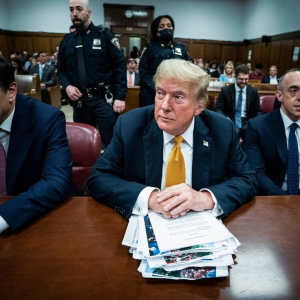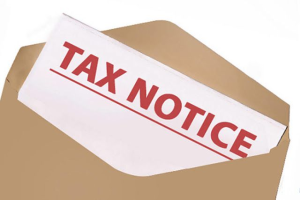Posted on February 1, 2025
In a move that has sparked both excitement and skepticism, former President Donald Trump has proposed eliminating federal income taxes and replacing them with tariffs on foreign goods. The plan, unveiled at the 2025 Republican Issues Conference in Miami, aims to reduce the tax burden on Americans while boosting the nation’s economy.
Trump’s proposal is rooted in history. He points to the period between 1870 and 1913, when the U.S. government funded its operations primarily through tariffs rather than income taxes. “That was one of the most prosperous times in our nation’s history,” Trump said during his speech. He believes that by returning to this model, the U.S. can achieve similar success.

To implement this plan, Trump has called for the creation of a new agency, the External Revenue Service (ERS), which would oversee tariffs and foreign trade income. The ERS would focus on collecting revenue from international sources, reducing the need for domestic taxation. Trump argues that this approach would allow Americans to keep more of their earnings while still funding essential government programs.
However, the proposal has drawn criticism from economists and policymakers. Many argue that tariffs are an inefficient way to generate revenue and could lead to higher prices for consumers. Businesses often pass the cost of tariffs onto customers, which could disproportionately affect lower- and middle-income families. Additionally, the revenue generated from tariffs may not be sufficient to cover the federal budget, raising concerns about cuts to programs like Social Security and Medicare.

Trump’s plan also includes imposing significant tariffs on imports from countries like China and potentially even allies such as Canada and Mexico. While these measures aim to boost domestic revenue, critics warn they could strain international trade relationships and disrupt global markets.
Despite the controversy, Trump’s proposal has reignited the debate over tax reform. Supporters see it as a way to reduce the tax burden on Americans and stimulate economic growth, while opponents question its feasibility and potential impact on consumer prices. As the discussion continues, one thing is clear: Trump’s plan has brought the issue of tax reform back into the national conversation.


